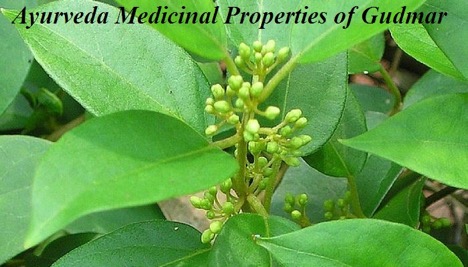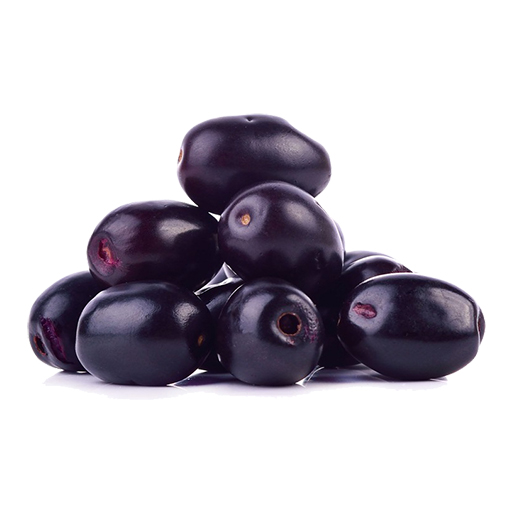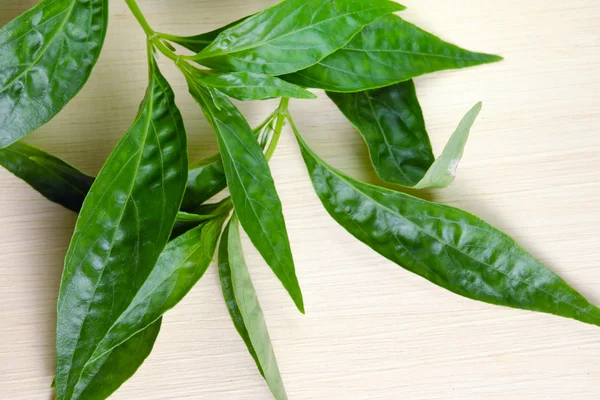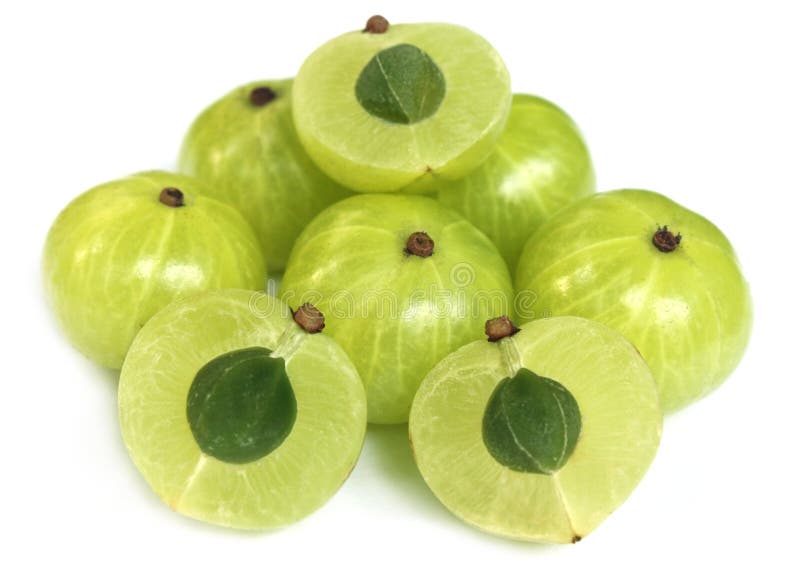12 Ayurvedic herbs, barks, and seeds used to control and manage diabetes (blood sugar level)
Introduction
In this article/blog you will be able to know about some useful and widely accepted Ayurvedic (herbs, barks, seeds) that are good for diabetic patients. Diabetic patients are required to be a little cautious while taking medicines. This article/blog is specifically designed to discuss some easily available Ayurvedic (herbs, barks, seeds) that are good for diabetic patients. So, let us first try to understand and know about Ayurveda, diabetes, type 2-diabetes, and how to regulate and maintain type 2-diabetes by consuming some selected Ayurvedic herbs, barks, and seeds.
Ayurveda
Diabetes
· Diabetes is also called diabetes mellitus.
· Diabetes refers to a chronic (long-lasting) disease that occurs either when the pancreas doesn’t produce enough insulin or when the body cannot effectively use the insulin it produces.
Type 2-diabetes
· Type 2-diabetes refers to a long-term (chronic) medical health condition in which your body doesn’t use insulin properly resulting in too much sugar circulating in the bloodstream.
· Type 2-diabetes (formerly called non-insulin-dependent, or adult-onset) results due to the body’s ineffective use of insulin.
· Type 2-diabetes is the most common type of diabetes.
· More than 95% of people with diabetes have type 2-diabetes.
Watch this video to find some benefits of Ayurveda
Insulin
· Insulin refers to a peptide hormone produced by beta cells of the pancreatic islets.
· Insulin regulates the metabolism of carbohydrates, fats, and protein by promoting the absorption of glucose from the blood into the liver, fat, and skeletal muscle cells.
· Insulin is considered to be the main anabolic hormone of the body.
Insulin resistance
Insulin resistance refers to a situation when cells in your muscles, fat, and liver don’t respond well to insulin and can’t easily take up glucose from your blood.
Antioxidants
· Antioxidant refers to a substance that protects cells from the damage caused by free radicals (unstable molecules made by the process of oxidation during normal metabolism).
· Antioxidants include vitamin C and E, selenium, and carotenoids (beta-carotene, lycopene, lutein, and zeaxanthin).
LDL cholesterol
· LDL stands for Low-density lipoprotein.
· LDL is one of the five major groups of lipoprotein that transport all fat molecules around the body in the extracellular water.
· LDL (Bad) cholesterol level (High) is found to be 160-189 mg/dl and above.
· High LDL cholesterol level means you’re at greater risk for cardiovascular diseases like heart attack and stroke.
HDL cholesterol
· HDL stands for High-density lipoprotein.
· HDL is one of the five major groups of lipoproteins.
· High levels of HDL cholesterol can lower your risk for heart disease and stroke.
· Optimal (normal) HDL levels are 60mg/dl or higher.
HbA1C level
· HbA1C stands for Haemoglobin A1C.
· The HbA1C test measures the amount of blood sugar (glucose) attached to hemoglobin.
· The normal range for HbA1C is 4-5.6% (20-38 mmol/mol) in healthy people.
· For diabetic patients, HbA1C is over 6.5% (47 mmol/mol).
· High HbA1C, may cause diabetes, a chronic condition that can cause serious health problems like heart disease, kidney disease, and nerve damage.
A1C level
· A1C level shows the level/condition/ situation of your diabetes.
· For normal diabetes, the A1C level is 5.7%
· For pre-diabetes, A1C level is 5.7% to 6.4%.
· For diabetes, the A1C level is 6.5% or more. (Higher your A1C means the greater your risk is of developing type 2 diabetes).
Some common Ayurvedic herbs, barks, seeds, and leaves used to control and manage diabetes (blood sugar level) are:
Fenugreek seeds or Methi
· Scientific name of Fenugreek seeds or Methi is Trigonella foenum graecum.
· Fenugreek seeds or Methi or Hulba (in Unani) are high in soluble fiber, which helps lower blood sugar by slowing down digestion and absorption of carbohydrates and sugar.
· Fenugreek seeds or Methi help improve how the body uses sugar and increases the amount of insulin released.
· Fenugreek seeds or Methi are not dependent on insulin.
· Fenugreek seeds are traditionally used for diabetes and to increase milk supply in women who are breastfeeding.
Gudmar or Gurmar (sugar destroyer)
· Gurmar is an ayurvedic wood climbing shrub whose leaves are used for medicinal purposes.
· Scientific name of Gurmar is Gymnema Sylvestre.
· Gurmar herbs/leaves help lower bad LDL cholesterol levels and triglycerides.
· Gurmar reduces blood sugar levels by enhancing the level of insulin in the body.
· Gurmar is considered a magical remedy for diabetic patients and proved to be highly effective in both type 1 and type 2 diabetes.
Jamun seed
· Jamun seed is a very important ayurvedic herb.
· Jamun seed is also known as Malabar plum, Java plum, Black plum, jamun, and jambolan.
· Scientific name of Jamun seed is syzygium cumini or Engenia jambolana or Myrtus cumini.
· Jamuns are rich in fiber content that helps improve the functioning of the digestive system.
· Jamun seeds are rich in alkaloids, which convert starch into energy and help in reducing diabetes symptoms like constantly feeling thirsty and frequent urination.
· Jamun also increases insulin activity and sensitivity.
Kalonji or Mangrela seeds
· Kalonji is also called fennel flower, small fennel, nutmeg flower, Roman coriander, black seed, black caraway, black cumin, or black onion seed.
· Scientific name of Kalonji is Nigella Sativa.
· Kalonji seeds are packed with essential vitamins, minerals, and protein that are great for your overall health.
· Kalonji seeds are rich in antioxidants and fiber.
· Kalonji seeds help regulate blood sugar levels.
· Kalonji seeds are used as a spice and in herbal medicine.
Chirayita
· Chirayita is a well-known medicinal ayurvedic herb used to treat malaria, diabetes, liver disorder, fever, constipation, upset stomach, intestinal worms, skin disease, and cancer.
· Scientific name of Chirayita is Swertia Chirayita.
· Chirayita is a good source of antioxidants and shows anti-inflammatory properties.
· Chirayita powder prevents damage to pancreatic cells and enhances the release of insulin.
Guduchi or Giloe
· Guduchi is an ancient medicinal herb that’s been used for hundreds of years in ayurvedic medicine.
· Scientific name of Guduchi is Tinospora Cordifolia wild
· Guduchi is particularly valued for its ability to regulate blood sugar levels.
· Guduchi can be helpful with both type 1 and type 2 diabetes. Studies have shown that Guduchi can lower elevated blood glucose levels (hyperglycemia) as well as reduce fasting blood glucose levels in people with type 2 diabetes. Research also suggests it may help lower hemoglobin A1c (HbA1c), a measure of long-term glucose control.
Ashwagandha
· Ashwagandha is one of India’s most popular medicinal plants. The word ashwagandha means the smell of a horse.
· Ashwagandha is also called Indian ginseng, winter cherry, Ajagandha, Kanaji Hindi, and Samm Al Ferakh.
· Scientific name of Ashwagandha is withanin somnifera.
· Ashwagandha helps in increasing insulin secretion and improves insulin sensitivity in muscle cells.
· Ashwagandha may help reduce a person’s blood glucose and increase urine concentrations of Sodium and low-density lipoproteins.
· Ashwagandha has anti-inflammatory properties that help treat rheumatism, arthritis, swelling, and ulcers. In ayurvedic medicine, it is said that Ashwagandha helps strengthen immunity and improves memory. It also helps reduce stress levels by balancing cortisol levels in your body. It also improves fertility by increasing sperm count and motility (the ability of sperm to move towards an egg).
Amla or Amalaki
· Amla or Indian gooseberry is one of the most potent natural medicines used in Ayurveda since time immemorial.
· As per ayurvedic texts like Charaka Samhita, Amalaki is considered beneficial for controlling diabetes. The herb helps regulate blood sugar levels by lowering glucose absorption from intestines.
· Scientific name of amla is Phyllantaus emblica.
· Amla berries are a good source of vitamin C.
· Amla promotes immune function.
· Amla eliminates toxins from the body and heals cellular metabolism.
· Amla has antioxidant properties that help fight free radicals which cause oxidative stress in diabetic patients.
· Amla promotes blood oxygenation.
· Amla enhances glucose tolerance
· Amla enhances insulin sensitivity.
· Amla improves HbA1C level in type 2 diabetes.
· Amla boosts synthesis in HDL and LDL.
· Amla decreases blood triglyceride levels.
· Amla is rich in chromium, a mineral that regulates carbohydrate metabolism and makes the body more responsive to insulin, further keeping the blood sugar levels in check.
· Amla lowers sorbitol, a toxic sugar that increases the risk of diabetic complications like retinopathy, neuropathy, and nephropathy.
· Amla or Amalaki is a great herb for both type 1 and type 2 diabetics.
Watch this video to find some health benefits of amla
Karela powder
· Karela is also called Bitter Gourd.
· Scientific name of Karela is Momordica charantia Linn.
· Karela powder is rich in iron content and helps digestion.
· Karela powder is rich in antioxidants and vitamins A and C, which are good for the skin.
· Karela powder is a natural blood purifier which makes it perfect for regulating blood sugar levels.
Neem powder
· Neem is also called Margosa tree.
· Neem whole plant is extensively used in ayurvedic system medicines and remedies.
· Scientific name of neem is Azadirachta indica.
· Neem seeds and bark are good sources of tannin, calcium, phosphorus, iron, zinc, and amino acids.
· Neem powder is used to treat asthma, constipation, cough, diabetes, stomach ulcers, indigestion, gum disease, and urinary tract infection.
Cinnamon or dalchini
· Cinnamon is a well-known ayurvedic bark.
· Scientific name of Cinnamon is cinnamomum verum.
· Cinnamon is packed with antioxidants that decrease oxidative stress, reducing the risk of diabetes.
Kachnar
· Kachnar is also known as Mountain ebony, Butterfly Ash, and Camel’s foot.
· Scientific name of Kachnar is Bauhinia variegate.
· Kachnar is a cooling herb in ayurvedic medicine. The medicinal value of kachnar includes its ability to improve digestion by reducing gas.
· Kachnar has anti-inflammatory properties that make it useful for treating various respiratory problems such as asthma, bronchitis, etc.
· Kachnar also contains antioxidants that help prevent oxidative damage caused by free radicals in our body. These antioxidants are known to help decrease blood sugar levels.

















No comments:
Post a Comment